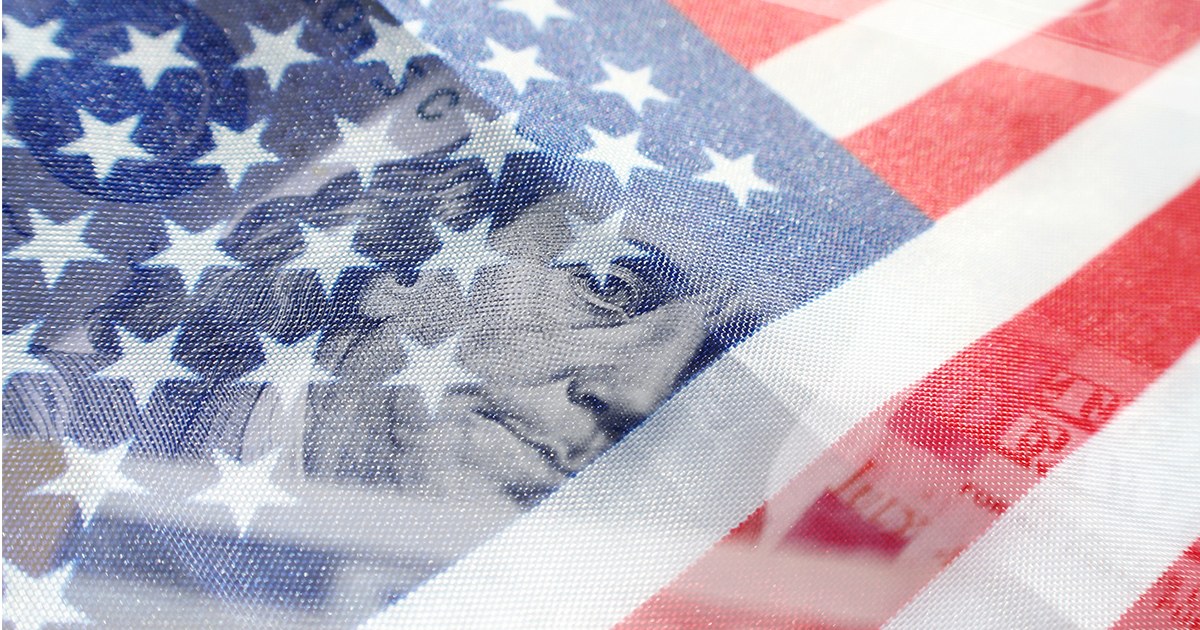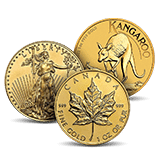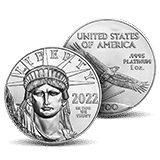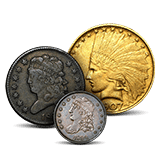
The trillion-dollar coin was floated as a legal loophole to avoid raising the United States’ debt ceiling, allowing the government to keep paying bills without congressional approval. On paper, the scheme sounds like a clever hack: mint a platinum coin with an arbitrarily high value, deposit it at the Federal Reserve, and conjure a trillion dollars into existence. In practice, it raises serious questions about inflation, credibility, and the long-term stability of the dollar.
Debt in the United States from 2008 to 2023
After the 2008 housing collapse, government spending surged through programs like the Troubled Asset Relief Program (TARP) and broader stimulus efforts. The economy recovered, but deficits remained a political flashpoint. The 2011 debt ceiling crisis was less about TARP than about long-term overspending, and Congress responded with the Budget Control Act, which temporarily raised the cap.
By January 2013, partisan gridlock again threatened default, and the trillion-dollar coin was suddenly discussed in mainstream outlets. The hashtag #MintTheCoin trended online, and economist Paul Krugman gave his public support. But the Federal Reserve and Treasury both dismissed the idea outright.
Fast forward to 2023: Republicans refused to raise the debt ceiling without major cuts, and the coin resurfaced as a hypothetical fix. Congressman Jerry Nadler mentioned it publicly, but Treasury Secretary Janet Yellen called it a “gimmick” that would undermine the Fed’s independence and blur the line between fiscal and monetary policy. The standoff ended with a deal, but the very fact that minting a coin was seriously raised shows how broken the debate has become.
How the Coin Would Have Been Used in 2023
Supporters of the idea claimed that the Treasury Secretary could order the U.S. Mint to strike a platinum coin worth $1 trillion and deposit it at the Federal Reserve, instantly creating the funds needed to keep paying obligations. In theory, another coin could be minted once that trillion was spent.
While the law (31 USC § 5112(k)) does give the Secretary authority to issue platinum coins of any denomination, the practical and political consequences are far less clear. Would the Fed even accept such a deposit? Would markets treat this as legitimate money or as a gimmick? The plan assumes faith in the system would hold—but faith is exactly what gimmicks tend to erode.
Why Platinum?
Platinum is the only metal explicitly exempted from mintage and denomination restrictions in U.S. coinage law, which is why the trillion-dollar loophole exists at all. Gold, silver, and base-metal coinage all have statutory limitations, and paper money itself is subject to Federal Reserve issuance. The platinum coin’s “flexibility” was never meant for this. It was created to allow the Mint to issue commemorative coins, not trillion-dollar stopgaps.
Differences in the Trillion Dollar Notes & The Trillion Dollar Coin
Hyperinflationary countries, such as Zimbabwe and post-war Hungary, printed trillion-unit notes when their currencies collapsed. Those bills circulated daily, but only because smaller denominations had become worthless.
The U.S. is not in hyperinflation, and the trillion-dollar coin is not meant for everyday use. But there’s a cautionary parallel: once a government shows it is willing to fabricate money to paper over a crisis, confidence begins to erode. Zimbabwe’s first trillion-unit notes were supposed to be temporary, too.
Would the Coin Work?
No one knows, because the U.S. has never tried anything like it. Advocates claim it wouldn’t be inflationary because it would only allow the government to pay bills it already owes. But that’s exactly what was said during the COVID stimulus programs of 2020 – money creation that was “necessary and temporary.” The result was the highest inflation in forty years, with households paying far more for food, energy, and housing.
Even if inflation didn’t immediately spike, credibility would. The Federal Reserve’s independence would be called into question, markets would view the move as desperation, and foreign investors could lose confidence in U.S. debt. If demand for Treasury bonds fell, borrowing costs would rise, worsening the very crisis the coin was meant to avoid. The short-term fix would come at the expense of long-term trust in the dollar.
Will There Be a Trillion-Dollar Coin?
Since 2023, the trillion-dollar coin has faded back into theory, debated on blogs and internet forums, but not taken seriously by policymakers. Its legal foundation is quasi-real, but its practical risks are enormous. Far from being a clever hack, minting a trillion-dollar coin would signal to the world that the United States had run out of credible options. It’s nearly certain that an impact on the treasury market would be felt immediately.
The debt ceiling topic will keep coming up, and every time it does, someone will float the coin again. But investors and citizens alike should recognize it for what it is: a financial sleight of hand that threatens the credibility of the very country it is meant to protect.




